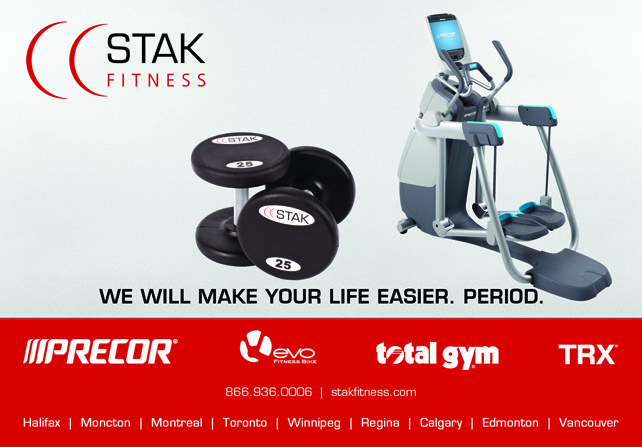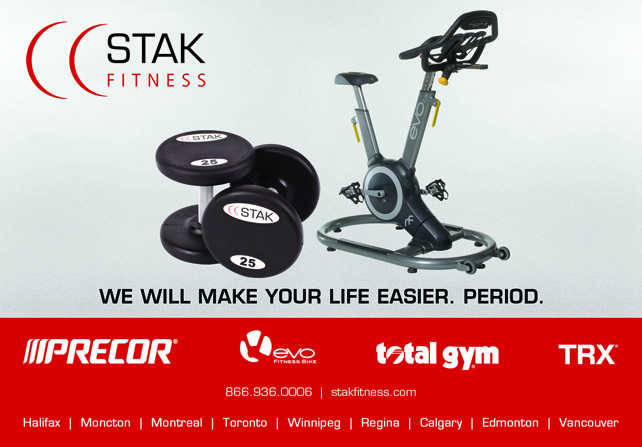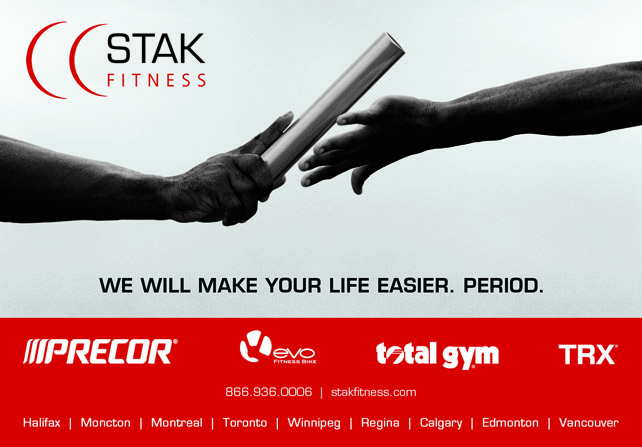') > $show_after_p)
{
$contents = explode("
", $line_art['body']);
$p_count = 0;
foreach($contents as $content)
{
echo $content;
if($p_count == $show_after_p)
{
if ($clubinfo['athleticgreens']!=""){
$banner[] = "
";
}
if ($clubinfo['prograde']!=""){
$banner[] = "
";
} elseif ($clubinfo['shakeology']!=""){
?>

0){
$bannernum = array_rand($banner, 1);
echo $banner[$bannernum];
}
}
echo "
";
$p_count++;
}
} elseif(substr_count($line_art['body'], '') > $show_after_p) {
$contents = explode("", $line_art['body']);
$p_count = 0;
foreach($contents as $content)
{
echo $content;
if($p_count == $show_after_p)
{
if ($clubinfo['prograde']!=""){
$banner[] = "
";
} elseif ($clubinfo['athleticgreens']!=""){
$banner[] = "
";
} elseif ($clubinfo['shakeology']!=""){
?>

0){
$bannernum = array_rand($banner, 1);
echo $banner[$bannernum[0]];
}
}
//echo "
";
$p_count++;
}
} else {
echo substr($line_art['body'], 0, 500);
if ($clubinfo['adcode']==1){
echo "
";
}
echo substr($line_art['body'], 501, strlen($line_art['body']));
}
if ($subdomain=="fitnessleadershiptv"){
$randnum = rand(1, 3);
if ($randnum ==1){
?>


